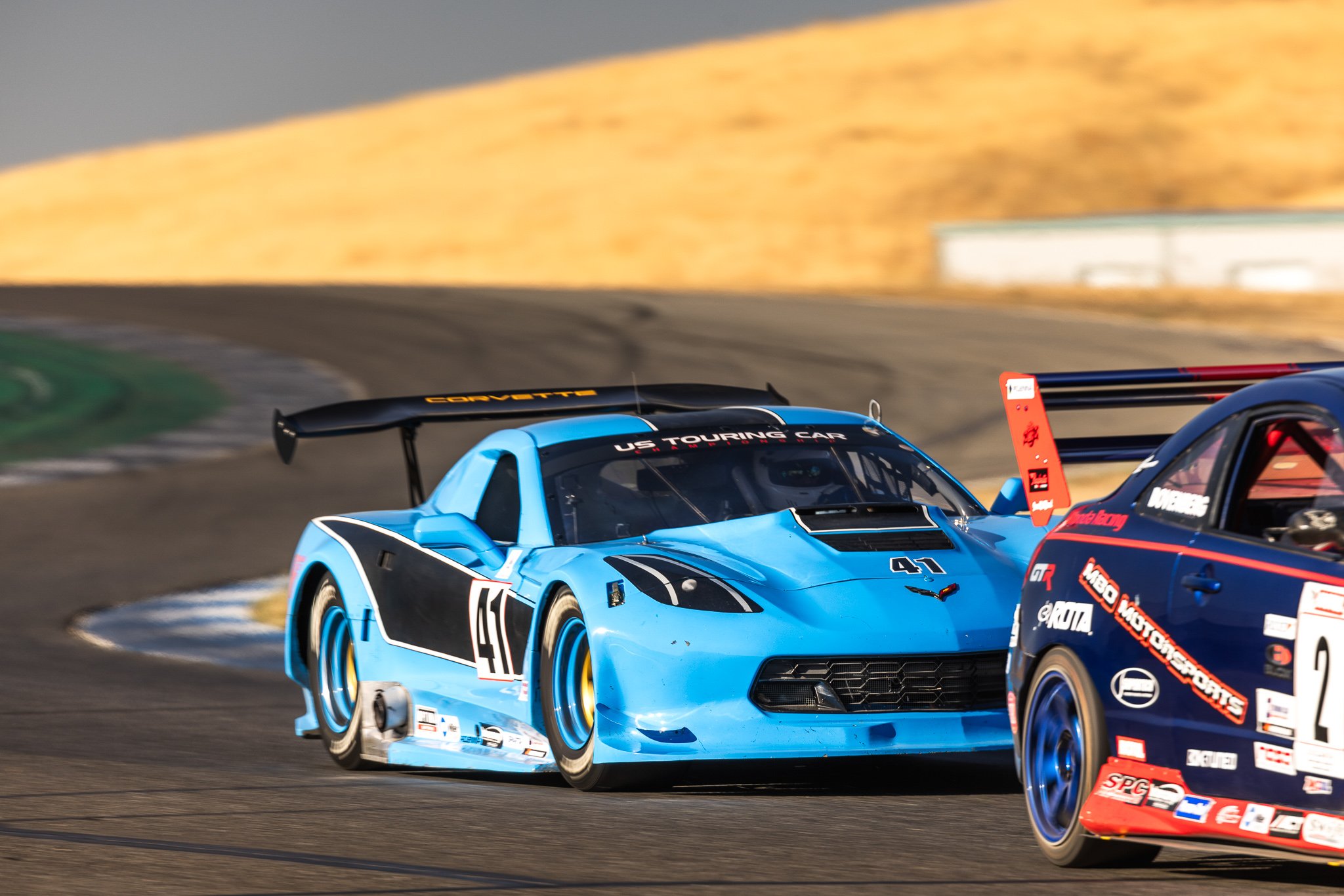
SpeedSF Blog
Every Build Has a Story – Meet the Cars of SpeedSF
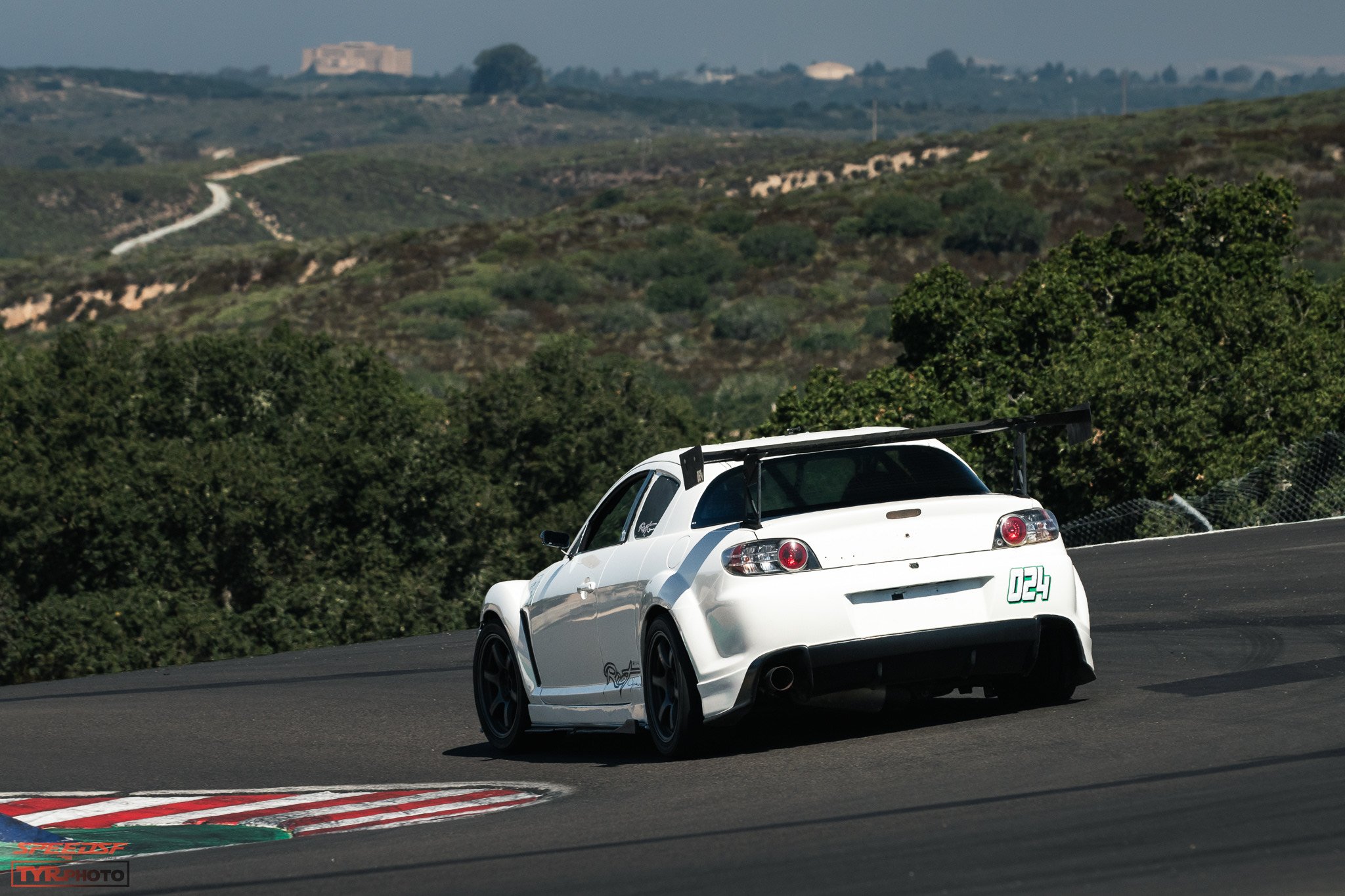
Lex’s RX-8: Underdog Pride
Mazda’s unloved little brother got a chance to shine when Lex moved on from his turbocharged FC3S RX-7 and bought this lightly tuned RX-8 from Gordon Peng. The necessary mods were already in place, which served as a foundation for Lex to acquire easy seat time in this reliable rotary.

Connor’s E36: Standing on Solid Ground
After transitioning into HPDE from autocross, Connor Lydon recognized how taking the next step into time trials would be made easier by starting with a sorted car.
This IP-winning E36 M3 came to Connor already proven, and with a little massaging as well as a few chassis mods, it’s been able to set remarkable times with a modest amount of power.
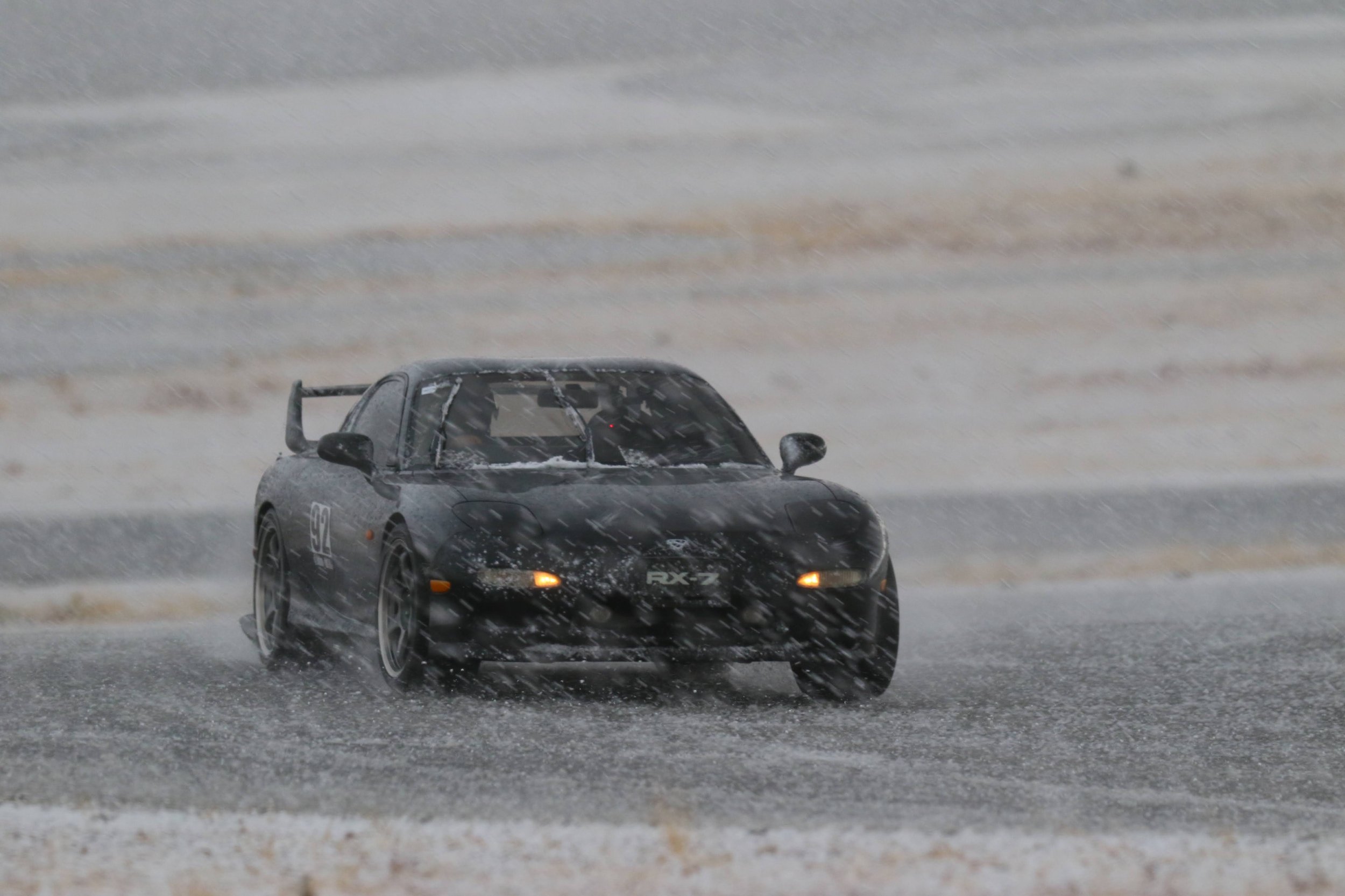
Rafael’s FD3S RX-7: Pipe Dream
After dreaming about one of his Gran Turismo hero cars for many years, Rafael Guerrero was able to trade up through over a dozen RX-7s and eventually snag this gorgeous 1992 RX-7 Type R.

Fan’s NC Miata: Truncating Ten Years
Proper planning and dedication to simulator racing helped Fan learn the skills needed to run fast laps in roughly a third of the time it takes people without a well-researched plan. Now, he laps Laguna Seca in this mildly modified MX-5 in the 1:45-range.
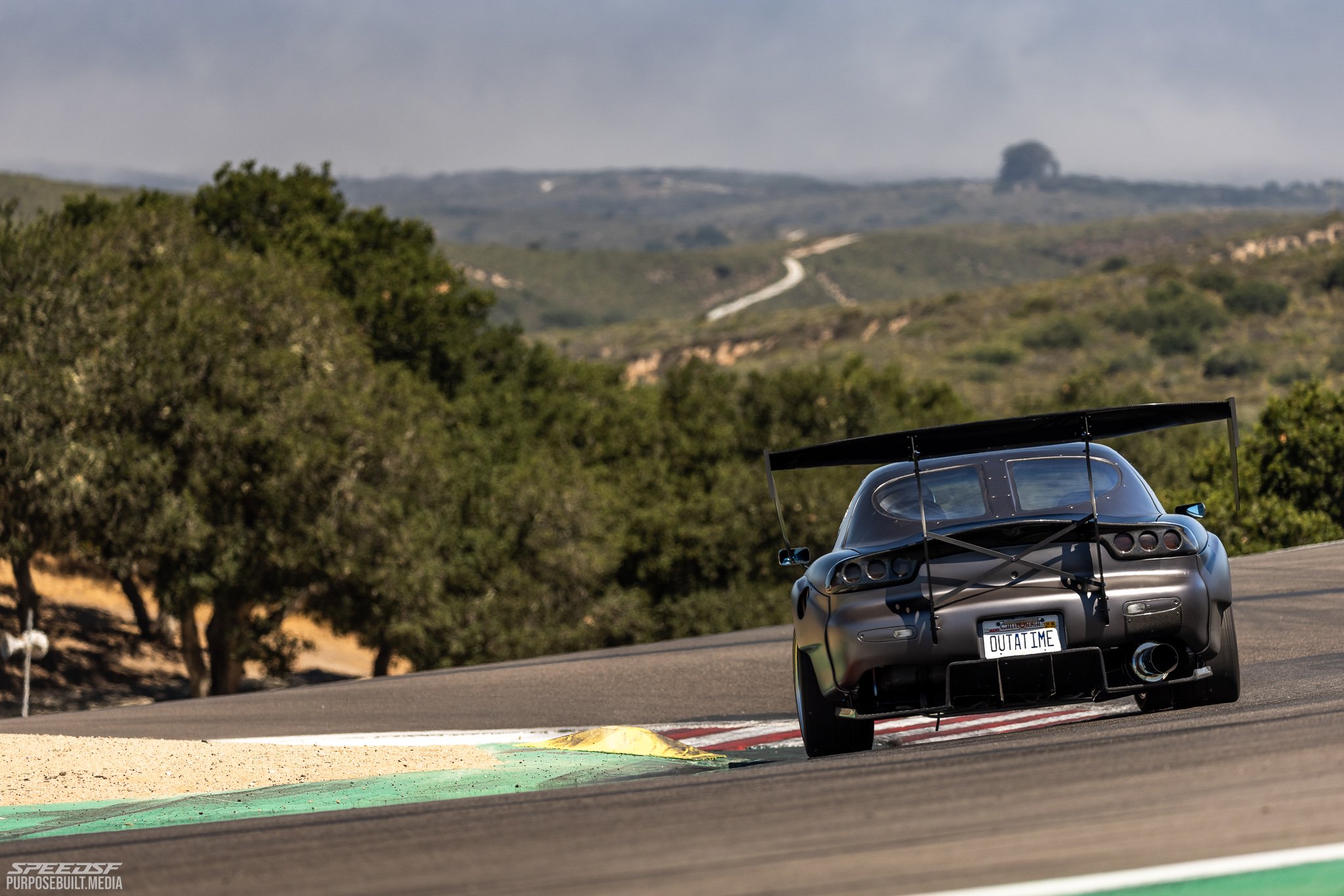
Joe’s RX-7: Long Time Coming
As problematic as the rotary engine has been for Joe Salinas, he's had a hell of a time modifying his thirteen different Mazda RX-7s — especially this track-only widebody FD3S.

Max’s Spec Racer Ford: Lose The Ego
After cutting his teeth in a Porsche, Max got an inkling that going to a lighter, cheaper, more expendable device might expedite his improvement as a driver and budding racer.
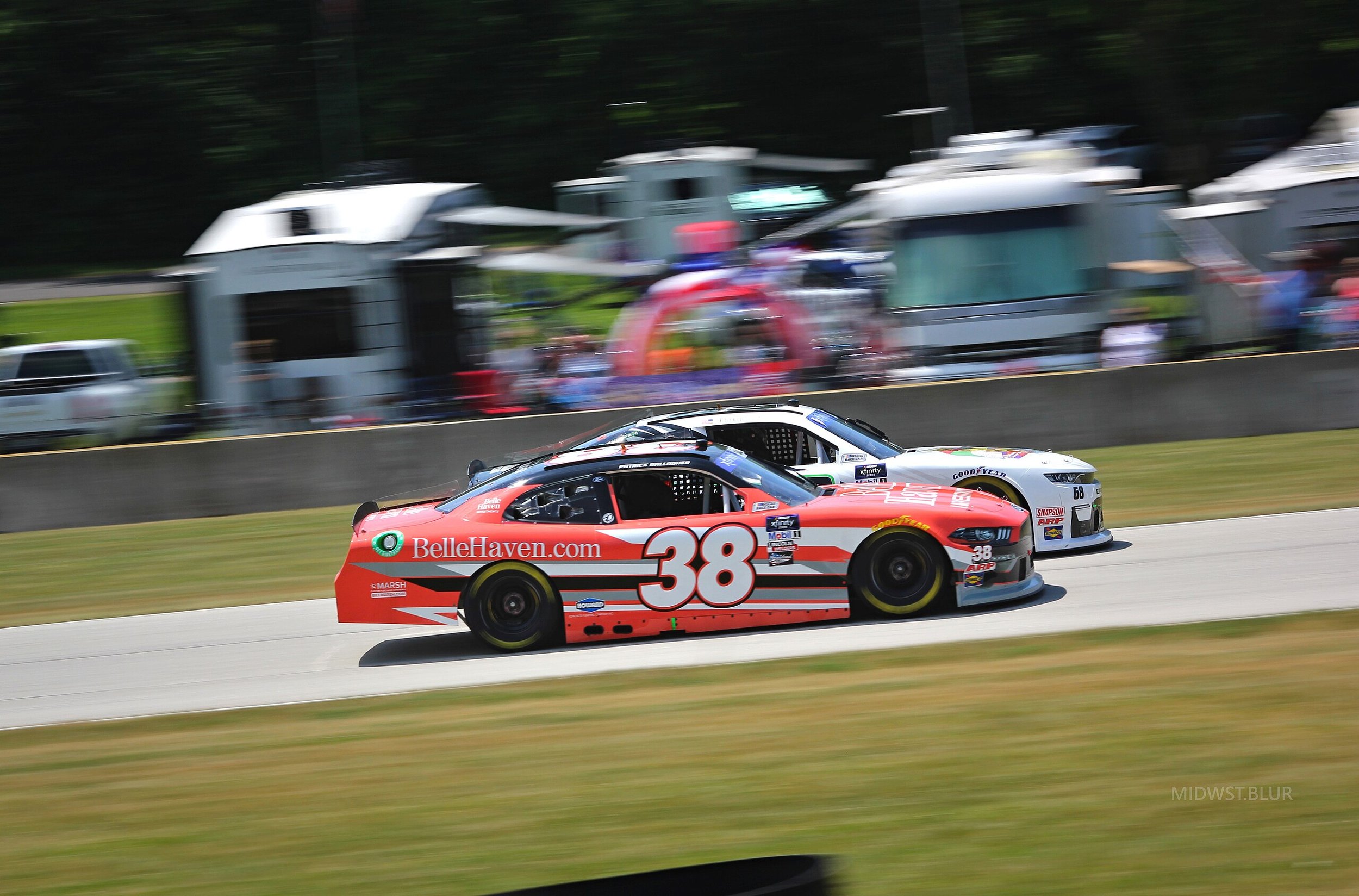
Passing Etiquette: Making Space and Saving Face
Passing and braking are the last two things a driver learns to do well. We’ve broken down a series of basic rules to follow to help learn how to make the pass stick and how to do so safely.
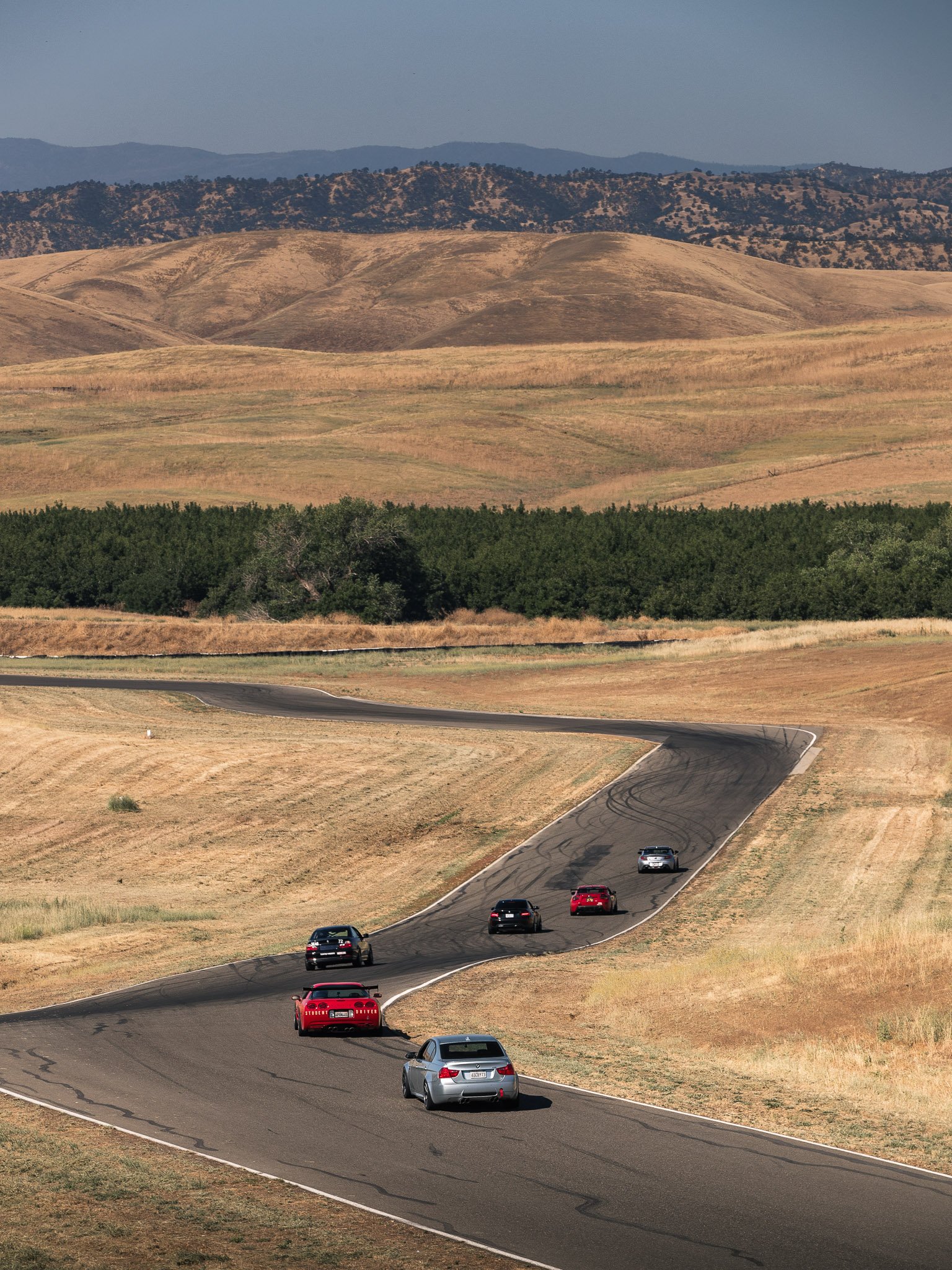
Thunderhill Logistics: Where to Stay, Where to Eat, How to Beat the Heat
With plenty of options for food and lodging, reasonable track fees, and plenty of ways to beat the summer heat, a successful trip to Thunderhill only requires a quick review of the information listed here.
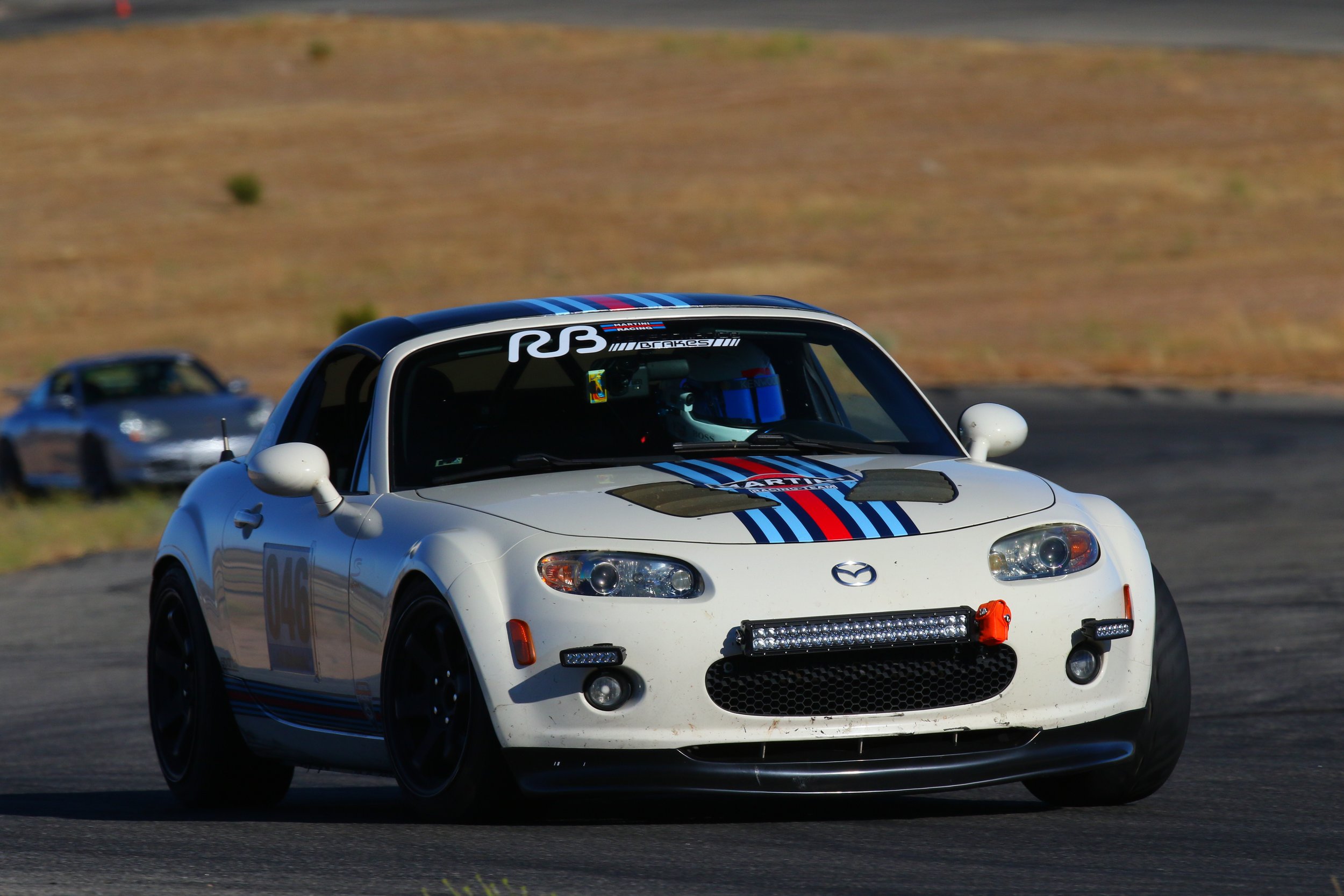
Andy's NC Miata: How To Make 300 Horsepower In 3 Not-So-Easy Steps
Intent on keeping costs low, Andy Boskovic started tinkering on a third-gen Mazda Miata. The need for more power was clear from the start, so he first tried to swap in a 2.5-liter engine from a Ford Fusion.
Then he turbocharged it.

Laguna Seca Logistics: Where to Stay, Where to Eat, What to Wear
Make sure to bring a jacket, because Laguna Seca can be chilly first thing in the morning. Thankfully, there are plenty of accommodations available for those who aren’t interested in camping.
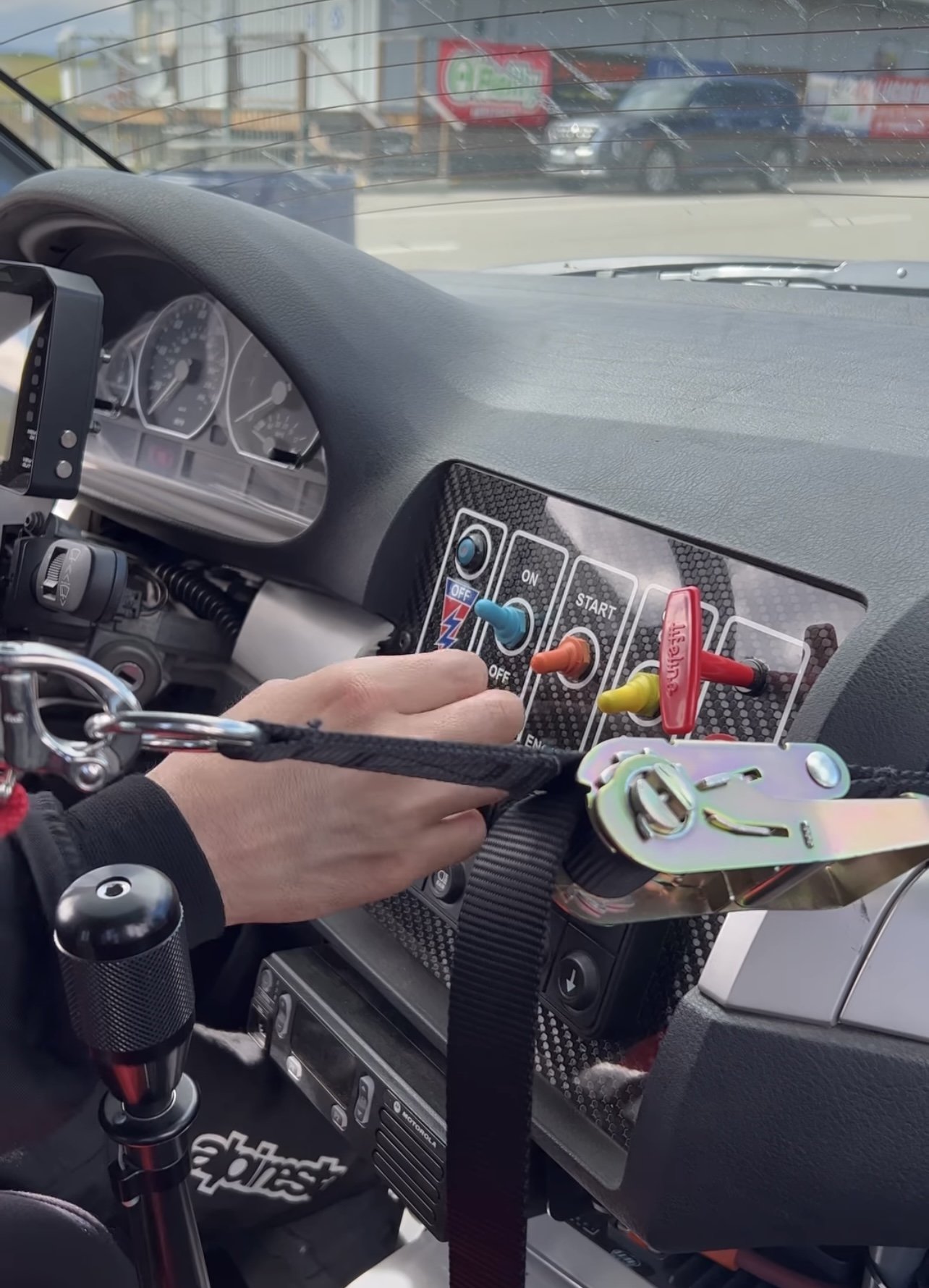
Why Trackday Coaching Matters
When Eric Preciado got serious about his racing, he hired a driving coach to help him shed some of the bad habits he’d picked up in autocrossing. At the end of his first day with Joe McGuigan issuing instructions, Eric was lapping nearly five seconds faster than he had previously.

Justin's IS F: Rekindling An Old Romance
After a seventeen-year sabbatical from racing, Justin Munoz picked up a capable sedan that, over the last few years, has helped him fall back in love with motorsport.

Peter's 2JZ-Swapped S13: Tweaking the Famous Drift Recipe
A succession of SR20 failures led to Peter Hong swapping a 2JZ into his Nissan S13. Though the new motor has saved him from some headaches, the bump in power has made the car into more of a drifter than it ever was.

Fenton's BRZ: The Dependable Workhorse
Rather than go for the all-out track car, Fenton decided a more versatile vehicle would better suit his current needs. After making only a few modifications, he’s been able to enjoy a nice balance of reliability, daily comfort, excitement, and on-track competence.

First Impressions: 2023 GR Corolla
How does Toyota’s new hot hatch handle? We found out at Thunderhill.

A Simple Guide to Driving in the Rain
It might intimidate some, but driving in the wet/low-grip conditions is one of the best ways to improve as a driver. Here are some simple tips to remember next time the heavens open on your track day.

Nic's Porsche 911: Take a Chance on the 996
Take a risk and keep it simple. Nic Gerardi’s shown us that the 996.1 Carrera’s a great track car with the right modifications. Stout, light, full of feel, and very reliable, it might be worth the chance of a bad IMS.

Jake's S2000: Balance and the Best of All Worlds
Jake learned that he really can have it all with his AP1 S2000. Basic but capable, this particular car has just what’s needed and nothing more to make it unreliable. Plus, it looks better than most with a distinct coat of Porsche Chalk.
